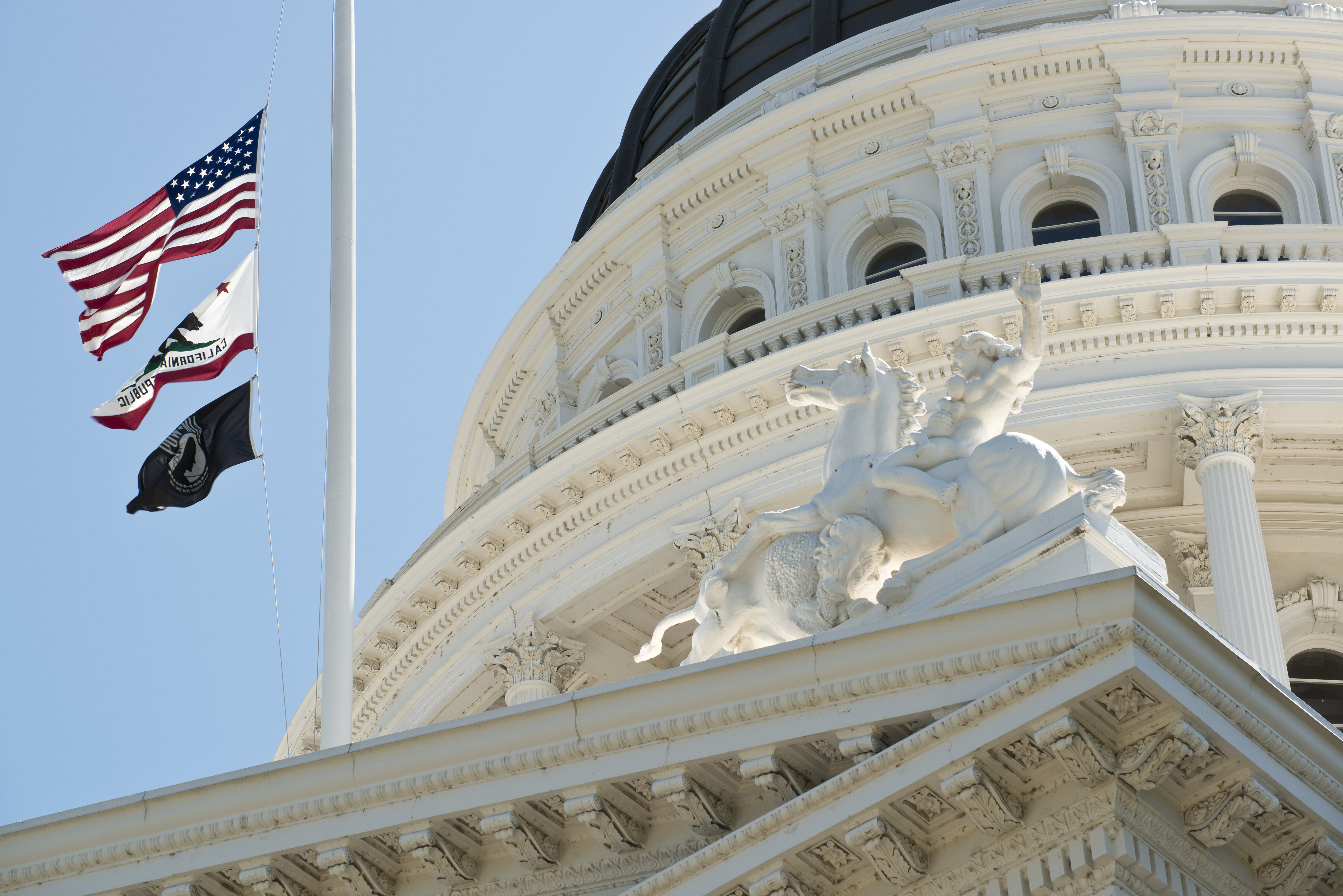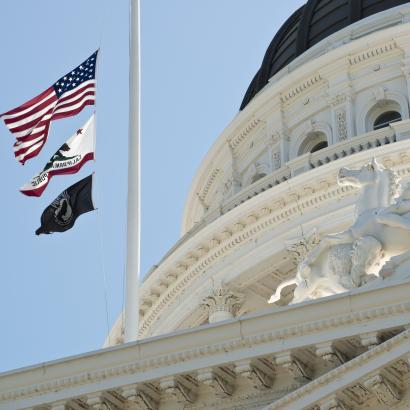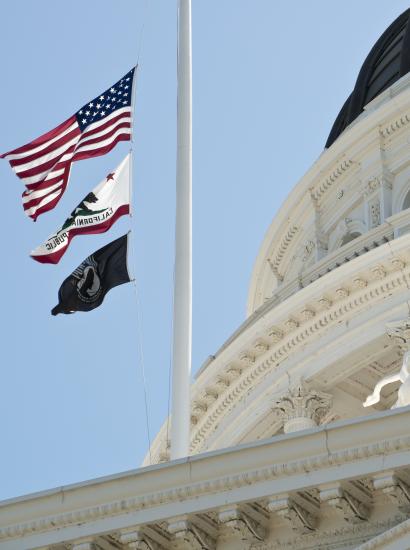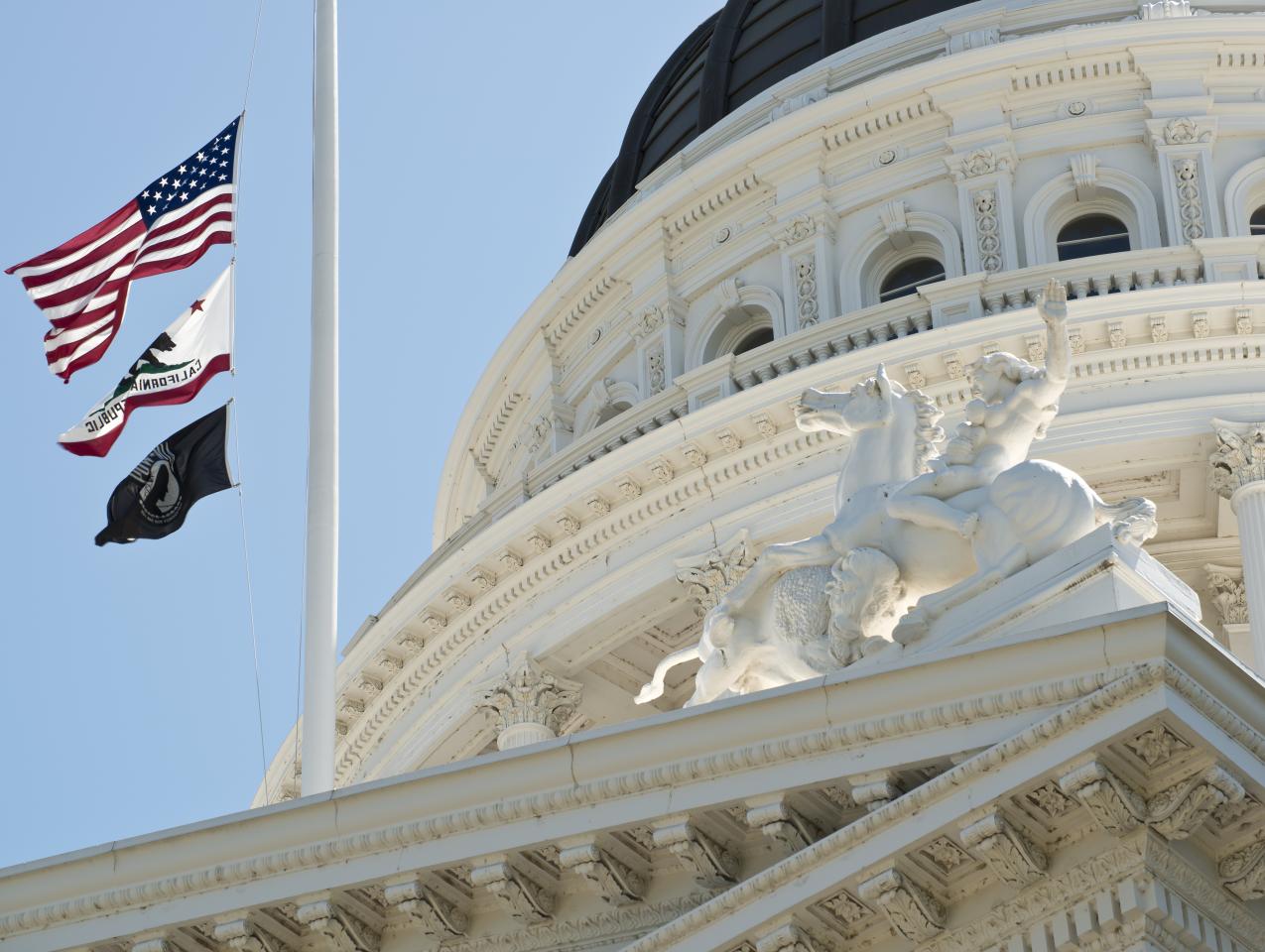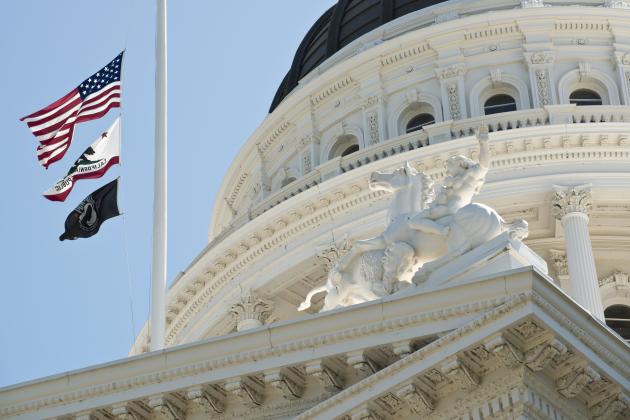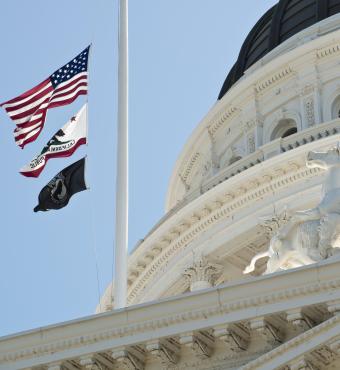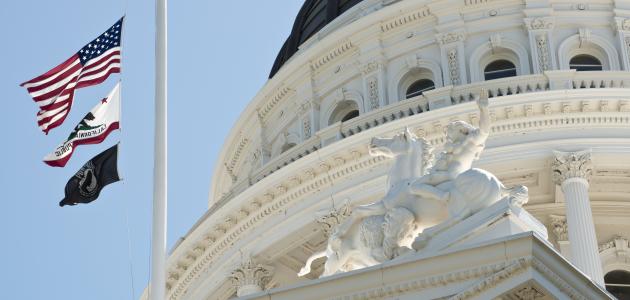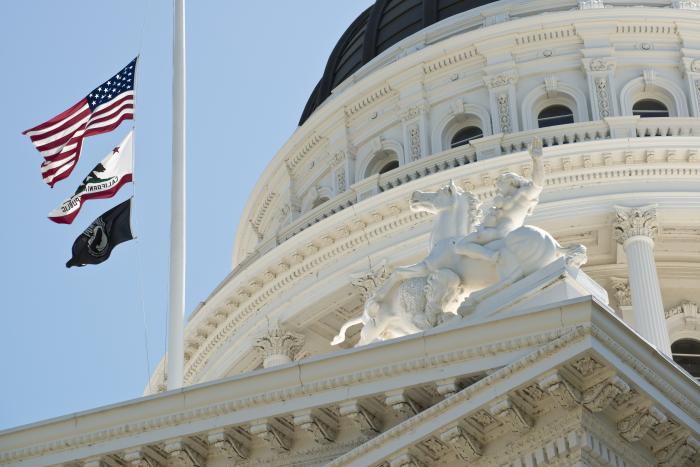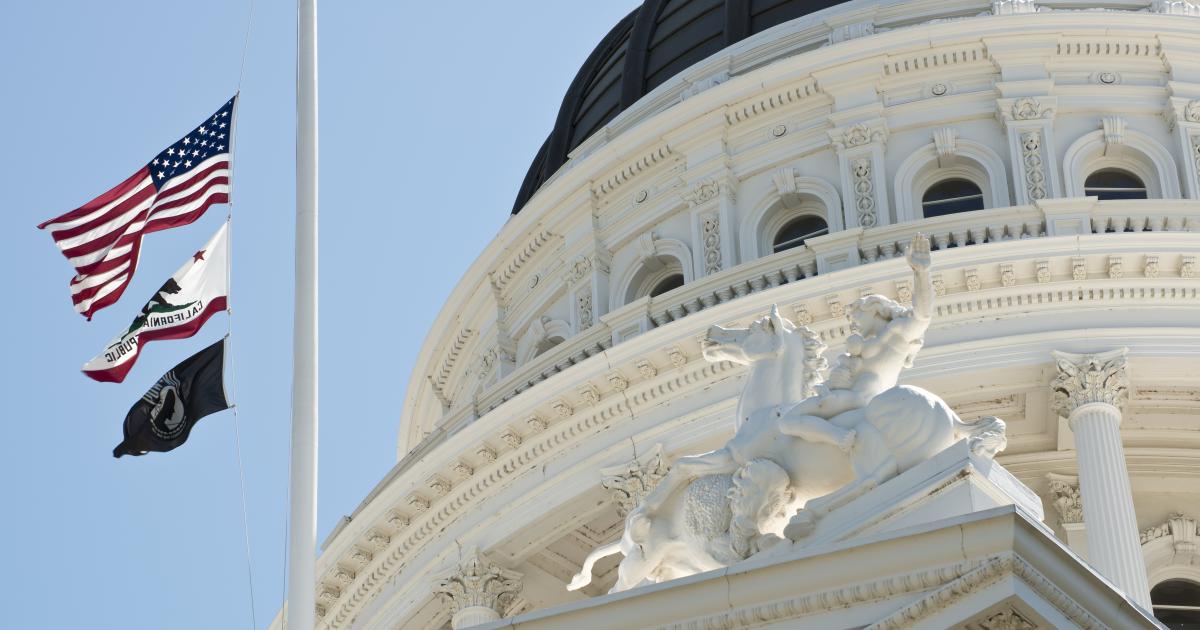- California
In the spirit of such quixotic California exercises as finding gasoline for less than $5 a gallon or an upscale home for under $1 million (that isn’t termite infested, in flames, or a one-time meth lab), good luck discovering drama on the Golden State’s November ballot.
This isn’t true for the rest of the progressive deep-blue fortress that is America’s West Coast. Oregon, for example, might be on the verge of electing its first Republican governor since the 1980s. Further north, in Washington State, five-term Democratic senator Patty Murray has seen her lead in her reelection bid shrink dramatically.
But back in California, such drama is pretty much missing in action—with the exception of way down the ballot and a handful of congressional races in the southern and Central Valley portions of the state.
Why this matters to the rest of the nation: the unlikely possibility that Democrats manage to retain control of the House of Representatives (Republicans having a 8 in 10 chance of earning majority control of the House, per the website FiveThirtyEight.com).
To figure how that scenario happens, let’s do some number-crunching courtesy of the handicapping web site the Cook Political Report.
According to Cook (and these numbers may bounce around a wee bit between now and Election Day), Republicans presently have 188 “safe” seats to only 162 for their Democratic rivals. Factor in House seats that “lean” in either party’s direction, and Republicans have a 211–192 advantage, just seven seats shy of the 218 necessary for control of the 435-seat chamber (Republicans currently hold 213 House seats to the Democrats’ 222).
That leaves 32 “tossup” seats that will decide whether Nancy Pelosi gets to retain the Speaker’s gavel for another two years—22 of those seats, according to Cook, held by Democrats to only 10 in GOP hands. As Democrats would have to win 26 of those 32 competitive races to get to 218 seats, that explains the strong odds favoring Republicans at the moment.
Now, the California factor: three of those 32 “toss-up” House races are in the Golden State (the 13th, 22nd, and 27th congressional districts—the latter two held by Republican members of Congress). But in practical terms, House Democrats would have to pick off several “lean Republican” seats to have any feasible chance of reaching 218. Two such seats on Cook’s list: GOP incumbents running in California’s 41st and 45th congressional districts.
So why imagine California as a savior for House Democrats? In part because the Golden State can be immune to national trends in down-ticket races. Just look back to 2020’s national election. Donald Trump finished nearly 30 points behind Joe Biden in the Golden State; meanwhile, Republicans took back four House seats that had gone the Democrats’ way in 2018’s anti-Trump referendum.
Could 2022 offer another series of House surprises? That depends on a few factors, beginning with turnout. California’s 13th Congressional District—an open-seat race in the Central Valley, thanks to redistricting and current congresswoman Barbara Lee running in a different district—voted for President Biden by 12 points in 2020. Will there be a strong Democratic turnout there despite the absence of Trump’s name on the ballot and a snoozer of a governor’s race?
A second California determinant: the potency of progressive “hot button” issues. In California’s 45th Congressional District, which covers a stretch of northern Orange County, these include the Democratic challenger Jay Chen’s preaching a steady message of abortion rights and gun control (here’s one such television ad suggesting that the politics of his opponent, congresswoman Michelle Steele, are those of an anti-abortion “extremist”).
And a third unknown: in America’s first post-pandemic midterm election, will there be movement among California’s minority voters—i.e., those Californians hit hard hardest by government decisions (lockdowns, school closures)—no longer as predictable in voting against Republicans?
That’s worth a closer look in the 45th CD and the Steel-Chen race, where 60% of residents are either Latino or Asian-American. An underreported data point from last year’s gubernatorial recall election: according to exit polls, 62% of Latino voters rejected the recall (i.e., supported Newsom staying in office), a decline of six points from Newsom’s 2018 performance among Latino voters in his first gubernatorial run. Will there be another decline in two weeks—and, if so, does that doom Democrats’ chances at the congressional level?
In the end, the political winds and the recent history of presidential midterm elections might be too much for even California to overcome. In 2018, Donald Trump saw his party drop 41 House seats (17 more than the 23 Democrats needed to take back the House) even though Trump’s approval numbers saw an uptick in the weeks leading up to the election.
In 2010, Barack Obama’s party lost 64 seats—Obama called it a “shellacking.” That’s in line with Bill Clinton’s first midterm election in 1994, which saw Democrats drop 54 House seats and lose control of the lower chamber of Congress for the first time since the early Cold War years.
There’s one other way to tell if California is “in play” in terms of the outcome of the House: watch the movements of President Biden and Governor Gavin Newsom in the days leading up to the election.
The two prominent Democrats have a relationship that’s grown more curious of late—Biden making a three-day visit to California earlier this month but not greeted by Newsom. Was it a snub on Newsom’s part? Perhaps. Or maybe it’s what comes from two politicians complicating each other’s lives—Biden weighing in on several California matters that Newsom would rather downplay (these include a bill that Biden supported and Newsom eventually signed making it easier for California farmworkers to participate in unionization votes, as well the president’s taking sides in a Los Angeles mayor’s race between two Democrats that Newsom’s stayed out of). Newsom, for his part, has offered unsolicited advice for his party on a more aggressive approach to abortion and civil-rights messaging—i.e., the sort of political armchair-quarterbacking that the White House tends not to appreciate.
There’s nothing stopping Newsom from conducting a “fly-around” the weekend before Election Day. And, in keeping with the actions of past California governors, he likely will—typically, the governor does so in the company of other candidates on the Democratic ticket. But what will be the focus of Newsom’s appearances—ballot measures in which he’s personally involved (the governor currently stars in separate television ads supporting the pro–abortion rights Proposition 1 and trashing the pro–tax increase Proposition 30) or making the case to send more Democratic congressional candidates to Washington?
Will California’s governor end up in a few of California’s “toss-up” and “lean” congressional districts during the pre-election home stretch? Stranger things have happened in California politics. But don’t bet on it—not when the trade winds suggest that control of the House may have been decided by the time the polls close in the Golden State on Election Day.







